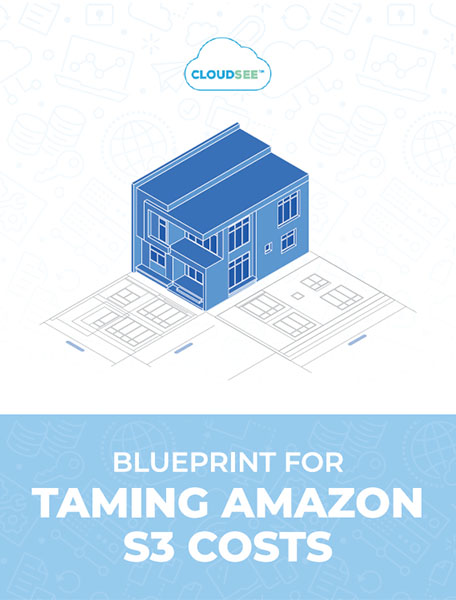Based on sage advice, you’ve already optimized your S3 storage classes, implemented lifecycle policies, and feel good about your cloud cost management. Then your AWS bill arrives…and there’s a line item that makes your stomach drop: Amazon S3 data transfer fees that somehow consumed 40% of your entire S3 budget. Sound familiar? You’re staring at charges for moving YOUR data out of AWS, wondering how something so fundamental became so expensive.
The Hidden Challenge Hitting AWS Budgets
Most AWS administrators focus on storage costs while s3 data transfer fees lurk in the shadows, ready to ambush unsuspecting budgets. The problem isn’t lack of technical skill—it’s that AWS pricing for data egress is intentionally complex and poorly documented. Companies struggle with s3 data transfer fees…
Pricing opacity
AWS charges variable rates based on destination (e,g., internet, CloudFront, other AWS services), data volume tiers, and region combinations. A simple data sync between regions can trigger multiple fee structures simultaneously.
Architectural blindness
Many solutions architects design for performance and reliability first, treating data transfer costs as an afterthought. Multi-region architectures, CDN integrations, and backup strategies often multiply egress charges exponentially.
Monitoring gaps
Unlike storage costs that accumulate predictably, 3 data transfer fees spike during data migrations, backup restores, or traffic surges. Most cost alerts trigger too late, after thousands of dollars have already been spent.
Why Mastering S3 Data Transfer Optimization Matters
Reducing s3 data transfer fees delivers immediate, measurable ROI that directly impacts your bottom line…
Immediate cost savings
Administrators typically reduce data transfer costs by 60-80% through proper optimization. For organizations spending $10,000 monthly on S3 transfer, that’s $6,000-$8,000 in immediate savings.
Predictable budgets
According to AWS cost optimization studies, data transfer fees are the second largest variable cost component (compute is tops). Controlling s3 transfer fees transforms unpredictable spikes into manageable, forecasted expenses.
Architectural freedom
In the end, when you understand these costs, you can design truly cost-effective multi-region and hybrid architectures without fear of budget surprises.
Practical Strategies to Slash Your S3 Data Transfer Fees
Implement VPC endpoints ASAP
Create S3 VPC endpoints for all your private subnet traffic. It eliminates internet gateway charges for internal AWS service communication. Configure endpoints in your VPC console under “Endpoints” and select S3 as the service—implementation takes 5 minutes and typically saves 20-30% on internal data transfer costs.
Optimize CloudFront Integration
Instead of serving content directly from S3, configure CloudFront with proper cache behaviors. Set TTL values based on content change frequency and enable compression. You’ll reduce origin requests by over 70 and improve global performance.
Strategic Cross-Region Replication
Use S3 Cross-Region Replication selectively (not universally!). Replicate business-critical data and consider using other storage classes for replicated objects. Combine with lifecycle policies to automatically transition replicated data to cheaper storage tiers.
Batch Data Operations
Consolidate multiple small transfers into larger, scheduled batch operations. Use AWS DataSync or custom Lambda functions to orchestrate efficient bulk transfers during off-peak hours when possible.
Take Control of Your Amazon S3 Transfer Costs Today
Take Control of Your Amazon S3 Transfer Costs Today
Don’t let hidden S3 data transfer fees continue bleeding your AWS budget dry. The strategies outlined above—VPC endpoints, CloudFront optimization, selective cross-region replication, and batch operations—can immediately cut your transfer costs by 60-80%. Start with VPC endpoints this week for quick wins, then systematically implement the remaining optimizations. Your CFO will notice the difference within one billing cycle. Stop treating data transfer fees as an unavoidable tax on cloud usage. With proper optimization, predictable S3 costs and architectural freedom are within reach. Transform budget anxiety into strategic advantage!




Leave A Comment